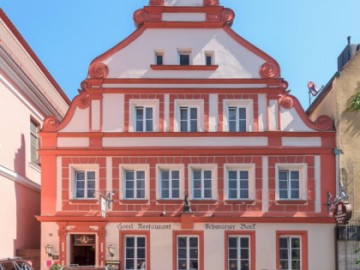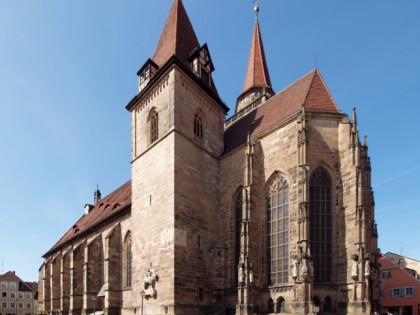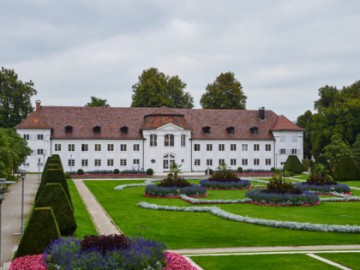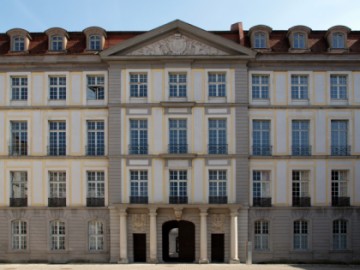Ansbach: in the center of a historical mystery
Ancient Ansbach fascinates with its medieval architecture and buildings in baroque style. Here you have to walk in the town center with Fachwerk houses and residential palace of Ansbach margraves. Undoubtedly, you have to step inside the church of St. Gumbertus, where a unique 17th century Bible weighing 40 kg is kept. Another exiting story is the mystery of Caspar Hauser – a mysterious man who lived in the town in the 19th century.
See all
Restaurants

Brasserie Lounge Ansbach
Karaoke • Snack bar • Bar
+49 981 2148315
Payment methods:

Gourmet Tempel
Restaurant • Sushi bar
+49 981 65054809
Payment methods:

Schwarzer Bock
Family restaurant • Hotel
+49 981 421240
Payment methods:

Schwarzes Ross
Restaurant • Inn • Biergarten
+49 981 4874561
Payment methods:
All sights in AnsbachSee all
Landmarks in the city Ansbach
Nearby




 Castles, Fortresses and Palaces
Castles, Fortresses and Palaces
 Parks and recreation
Parks and recreation
 Museums and Exhibitions
Museums and Exhibitions
 Architectural Monuments
Architectural Monuments


